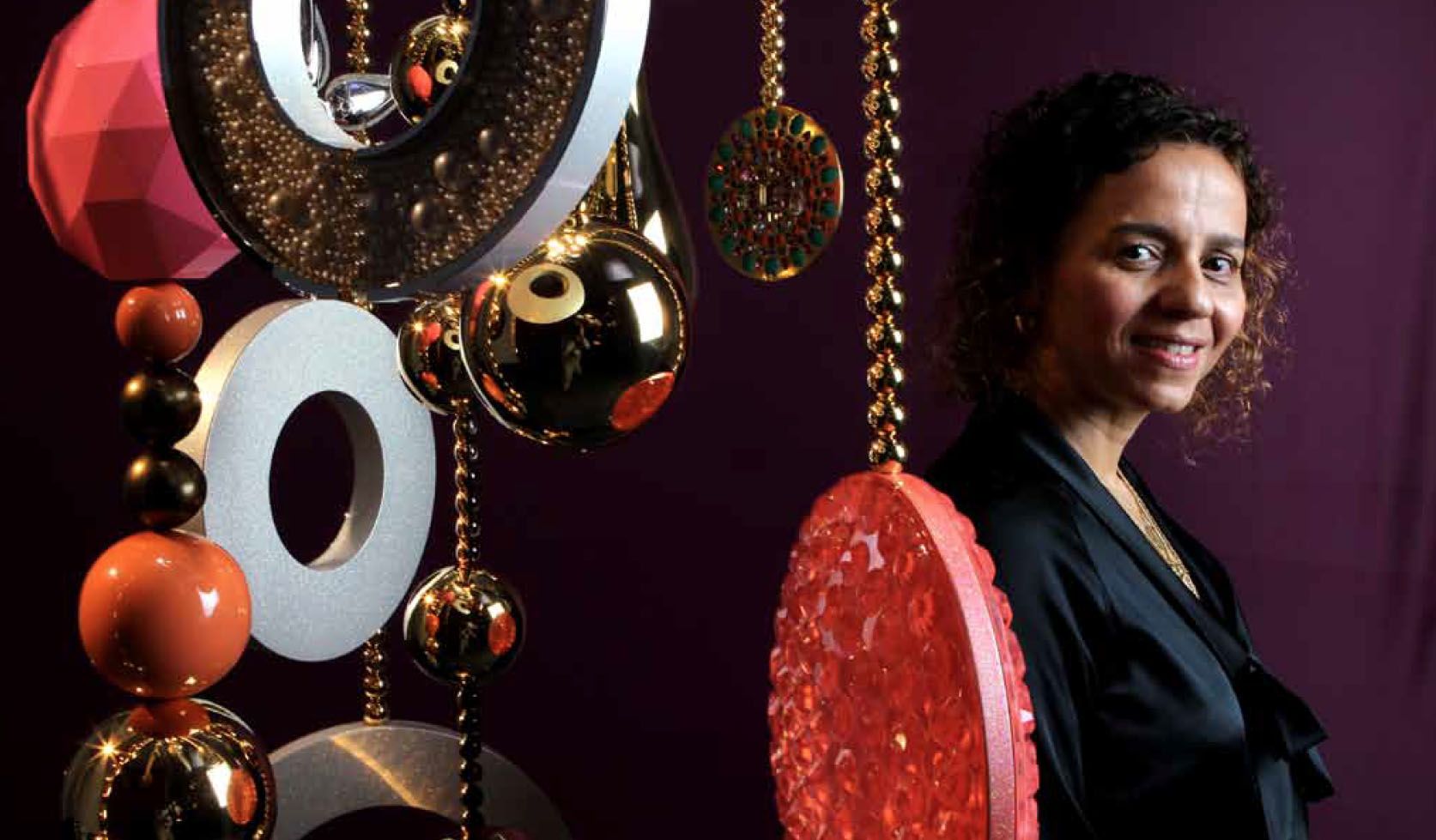The Brand Patrons

Giants of luxury, such as Cartier, Louis Vuitton and Hermès, are helping to raise the profile of emerging artists
Words by Jola Chudy in The Lifestyle · Mar 2nd, 2014
There's always been a connection between art and fashion. After all, both stem from creativity. Fashion designers are inspired, season after season, by the rich tapestry of bygone masters, while artists use their medium to comment on prevailing issues in society, such as the perils of consumerism or the hegemonic dominance of luxury brands.
Art is the authentic, serious (and broke) relative of fickle, shallow fashion - or at least that's how it's frequently and simplistically perceived. Yet, as the success of initiatives such as the Fondation Cartier pour l'Art Contemporain illustrates, commercial luxury brands and emerging artists aren't really the polar-opposites it may seem. In fact, brand patrons have helped several 'starving artists' get their big break. So, the question begs to be asked, what's in it for the big boys? One answer is tax breaks, and Cartier Foundation president and founder, Alain Dominique Perrin, has admitted as much.
But, given that foundations cost millions of dollars to run, there must be more to it. And, the question begs, is there not a danger that the luxury market is 'polluting' the authenticity and independent spirit of art? "I make a connection between all the different sorts of arts, and luxury goods are a kind of art. Luxury goods are the handicrafts of art, applied art," explains Perrin. "I expressly forbid any link between Cartier products or advertising and the foundation.

The only reference to the brand is the use of the logo form in the foundation's name." "We have a duty to share with the local community," adds Cartier's Middle East managing director, Louis Ferla. Cartier sponsored Art Dubai in March 2012, bringing a bling-encrusted installation by Beatriz Milhazes to the show, as well as a bejewelled blitz of a 'garden' by Christophe Ponceau.
But, while these two artists - who have previously worked with the foundation - were commissioned to produce work for the brand for this event, the main focus of the foundation itself is to help unknown artists gain a platform. "The spirit of the foundation is to promote young artists and to give them the exposure and opportunity to express themselves," says Ferla.
Since its inception in 1984, the foundation has helped make household names of photographer Herb Ritts and designer Philippe Starck, by providing a platform for them to exhibit in public for the first time. It offers a blank canvas to emerging talents in a series of rotating exhibitions and shows. The foundation's Jean Nouvel-designed building in Paris has become an artistic and cultural destination in its own right, which surely cannot reflect badly on the brand.
The foundation has certainly had an influence on how art is patronised, with brands such as Hermès, Rolex and Louis Vuitton also introducing an art patronage arm to their business. LV started the Espace Culturel Louis-Vuitton in 2006 to "express the creativity and artistic dimension of the Maison Louis Vuitton".
The space hosts three exhibitions each year that focus on art, fashion, heritage and travel. It feeds more directly back into the brand's business concerns than the Fondation Cartier, whose artists, says Ferla, are "given a blank slate with no [specific] commissions". The Fondation d'Entreprise Hermès, meanwhile, includes in its remit the improvement of access to education, environmental conservation and the development of craft skills, especially those that are in decline. There's a cachet to being associated with the art world, and it's not new by any means: Coco Chanel was friends with Picasso and designed costumes for the Russian Ballet, and Jeanne Lanvin was a great collector.
And it works both ways: photo artists Pierre and Gilles got a break working for fashion designer Thierry Mugler and went on to become world-renowned in their field; Louis Vuitton's famous graffiti handbags were designed by artist-designer Stephen Sprouse. It seems that we want value in our investments, whether it's a canvas or a smart handbag.